This exercise proved a bit challenging to complete, mostly due to it seemingly raining every time I was going to go out and take the photos. In the end, after several aborted attempts, I ending up setting up indoors and used some Lego attached to a motor. The benefit of this was a set up that was easily repeatable, but the downside was a somewhat uninspiring subject. I may well re-visit this later. Anyway, on to the images.
There are 17 images in the sequence, taken at the following speeds, 1/4000, 1/2500, 1/1600, 1/1000, 1/640, 1/500, 1/400, 1/320, 1/200, 1/125, 1/60, 1/40, 1/25, 1/10, 1/5, 1 sec & 2 secs. The originals of these are all available in this set on my Flickr page.
The first 4 images range from 1/4000 to 1/1000. The 1/4000 was so fast that the ISO needed to be bumped right up and as a consequence, image quality suffered (it became grainy). Again, due to being indoors and working with the available light, the exposure is slightly different between all these shots, but settles down for the remaining images. The first image shows no movement. The next two show the start of movement becoming evident looking at the teeth of the cog. The 1/1000 image really starts shows movement in the teeth and the holes of the cog itself.
The next 4 shots start to show some dramatic changes, picking up motion. Down to 1/500, we can see movement as blurring, but from 1/400 and lower we begin to see distortion of shapes as well as motion blur
Between 1/200 & 1/40 the images dramatically change from being able to see definite, but distorted, shapes to much more abstract suggestion of shape. The images turn from detail to movement, with no shapes (other than the arc of the cog) being identifiable
From 1/25 and lower the photographs take on a new aspect as so much motion is captured, we now begin to see through the cog as the holes merge to become almost transparent. This gives the viewer no idea of the detail of the object, but gives the image a dynamic feeling of speed.
The last photo is very similar to the 1/5 & 1 second captures, but shows slightly more detail through the cog.
Varying shutter speed using a fixed camera position can give some startling effects, from precise capture of fast moving objects to the indication of movement to the merest suggestion of what the subject may be.
Panning with Different Shutter Speeds
Another damp dreary, overcast day, but I found a location nearby that one of my son's could ride past with railings in the background to give some good indication of the effects of differing shutter speeds. There are 11 images in this exercise, taken at 1/1600, 1/1000, 1/320, 1/250, 1/160, 1/100, 1/80, 1/40, 1/25, 1/10 & 1/8. The originals of these are available in this set on my Flickr page.
The first 4 images vary from 1/1600 to 1/250. The 1/600 captures a sharp image and freezes the motion. At 1/1000 we can begin to see some slight blurring of the spokes in the bicycle wheels and the railings in the background. At this speed, there isn't really a suggestion of motion. At 1/320 we begin to sense motion as the railings blur more and the spokes begin to show their movement, which increases as we slow the shutter speed to 1/250
1/160 increases the blur and the hint of motion, which becomes more dramatic at 1/100. The railings blur much more and the spokes take on interesting shapes as they appear to bend and merge into each other. Movement in the rider is evident, becoming more pronounced as the shutter speed slows.
At 1/25 and slower, motion dominates the image and the panning, particularly in the low light conditions, becomes more difficult./ The rider becomes more vague and the railings give powerful suggestion of fast movement.
Summary
Longer shutter speeds inevitably bring movement to still images as anything moving will blur and be interpreted as motion. Conversely very fast shutter speeds enable us to capture immense levels of detail that can not be seen by the naked eye, and can open up fascinating images. Finding the right amount of motion depends on what you are trying to portray. This photograph I took at Brands Hatch a number of years ago shows a good level of detail whilst retaining the feeling of movement as the balance between shutter speed and the panning of the camera came together. Unfortunately the framing was not quite right - that will come with more practice!
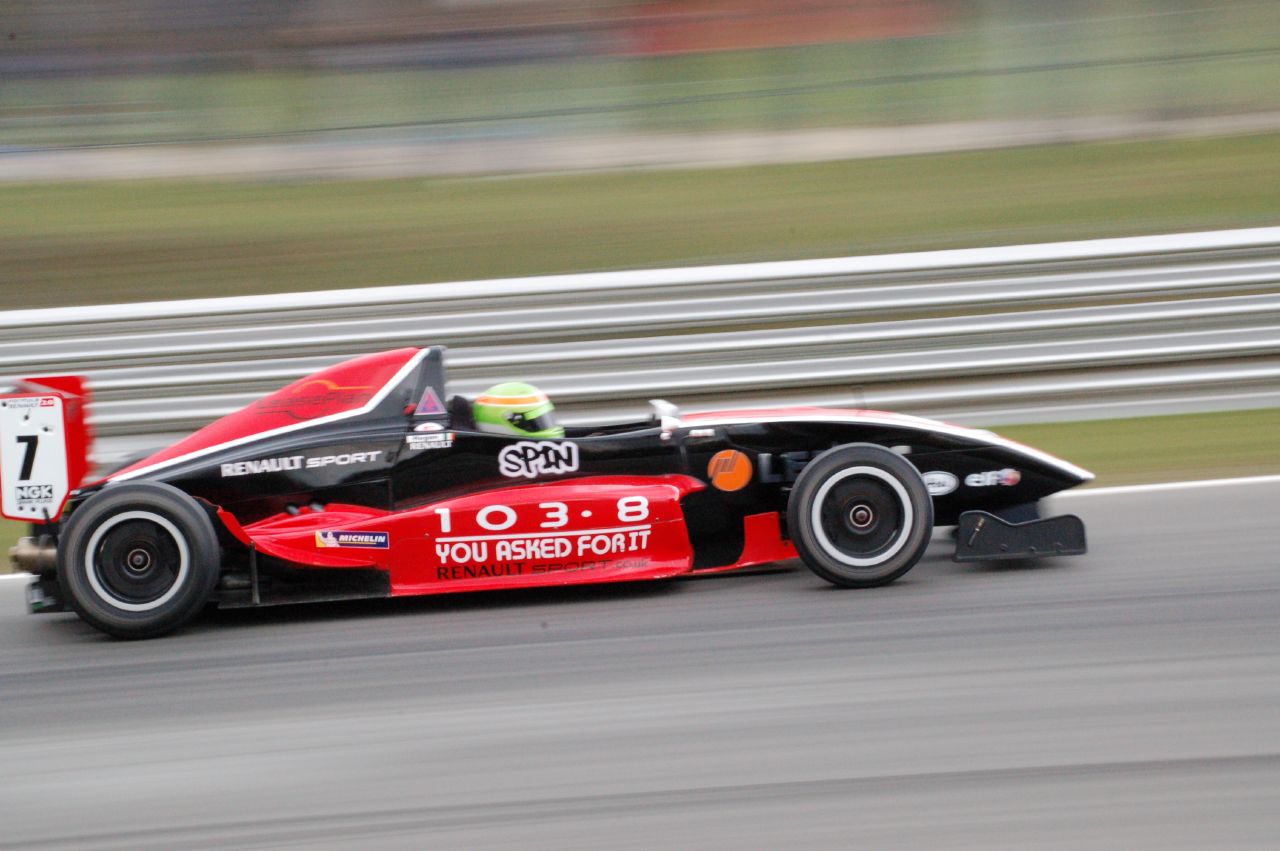 |
| Brands Hatch 9th April 2006 BTCC 349 1/30 f22 85mm |
Out of the images taken for these exercises, I like the 1 & 2 second exposures of the Lego cog. We know there is something there, we know it's moving fast, we know it's circular, but we have no idea what it is. It makes the viewer curious, which I like.
Of the panning photos I prefer the 1/40 shot. There is still quite a lot of sharp detail in the bike and the rider, but also enough blur to show us the movement and speed involved.
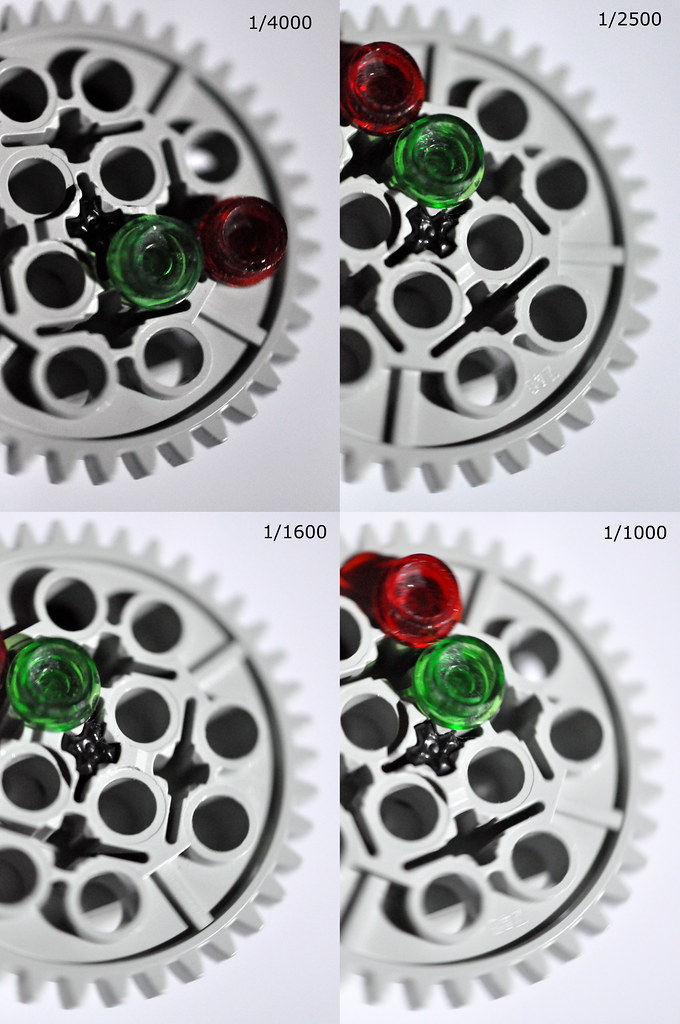
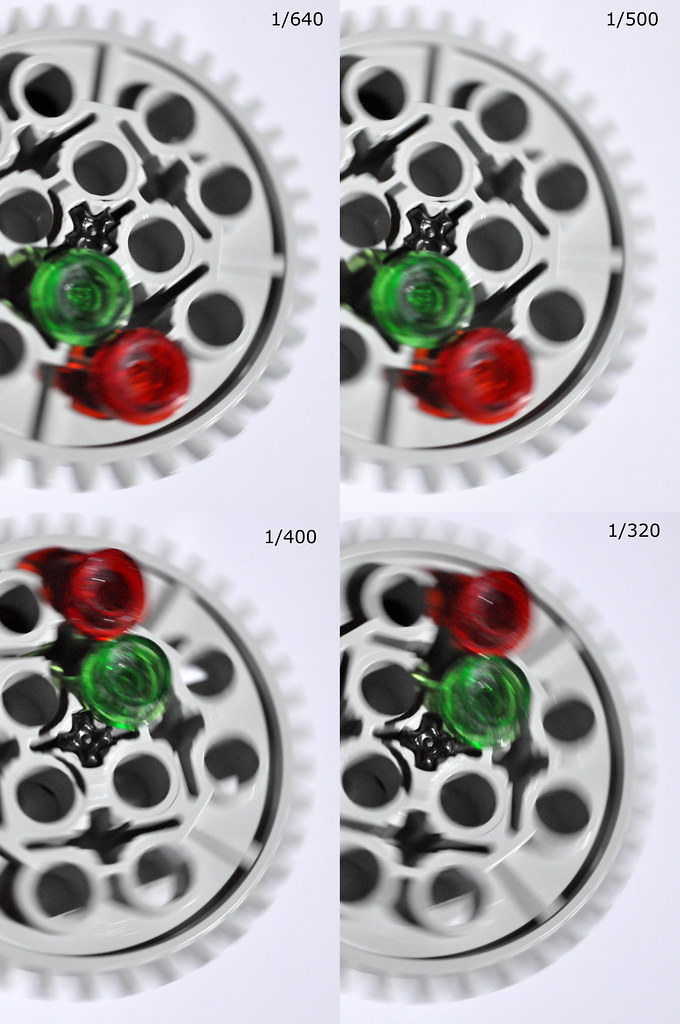
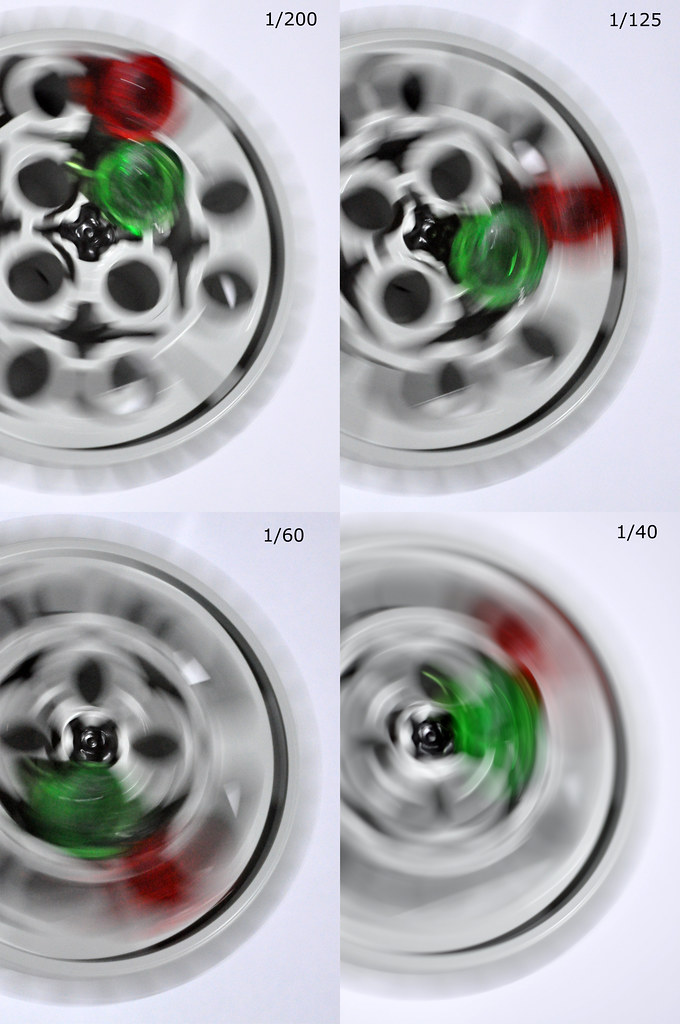





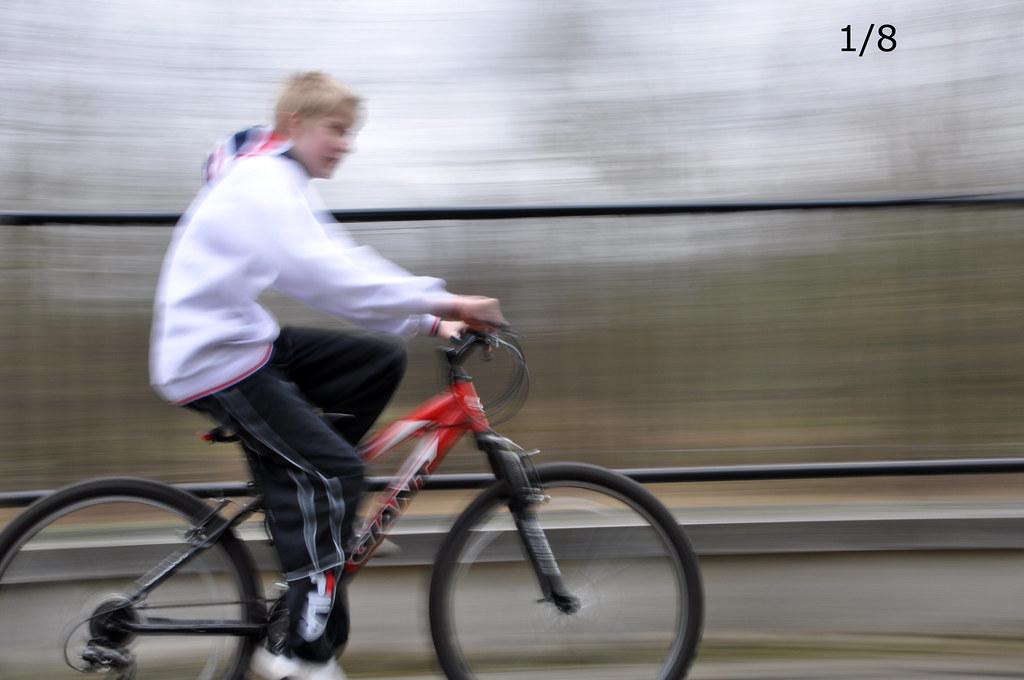
No comments:
Post a Comment